Expo Park: The Commemorative Park of Expo’70
If I were to pick the most well-known park in Osaka, it would be Banpaku Expo’70 Commemorative Park, or Expo Park for short. Built after the 1970 World’s Fair, more commonly referred to as Expo ’70, Banpaku Expo’70 Commemorative Park is located just north of Osaka in Suita City. From the 70’s to even now, many people come to this park at all times of the year.
Expo Park
Expo’70
Many events and competitions have taken place in Osaka, but nothing has even been as successful as Expo’70. Roughly 64 million people came during the 183 days that Expo’70 took place. Based on census data that means roughly 60% of Japan’s entire population attended the event.
Once Osaka became the host city for Expo’70 work began on the massive venue. The design consisted of 116 individual pavilions that represented each country’s culture and technological achievements. This was especially exciting for the people of Japan, as many of them had never been to a foreign country, or seen people from overseas.
Expo Park
Expo’70 Commemorative Park, commonly called Expo Park, is a 10-minute walk from Banpakukinenkoen Station off Osaka Monorail. Around the station, there is a huge mall and a big Ferris wheel. You can easily spend a day here!
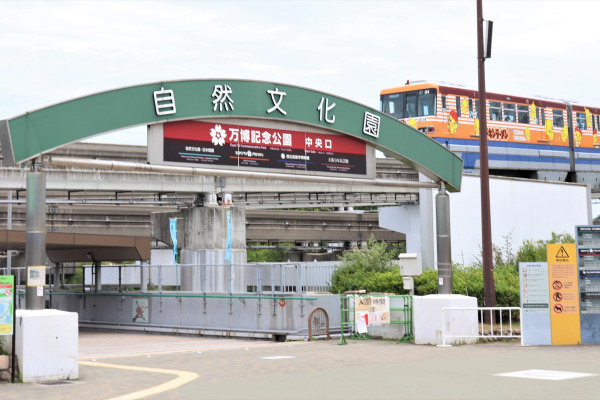
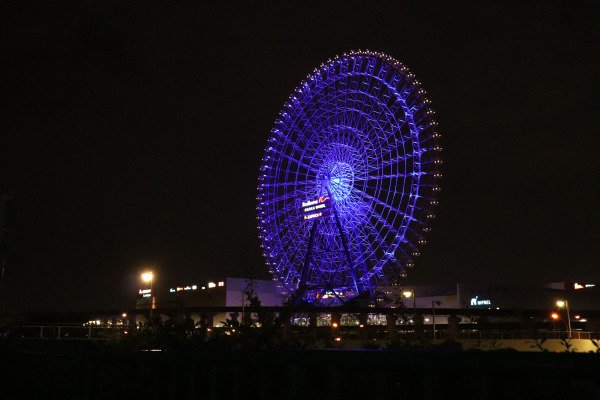
The entrance fee to Expo Park is 250 yen and allows you to freely enter and exit the park, so don’t lose it! This ticket also covers admission to the Japanese Garden as well.
Once you enter the park, you will see the symbol of Expo Park, the Statue of the Sun, or Taiyo no To. Built as the symbol of Expo’70 this statue is a well-known symbol of Osaka. Moreover, it is probably a Gundam.
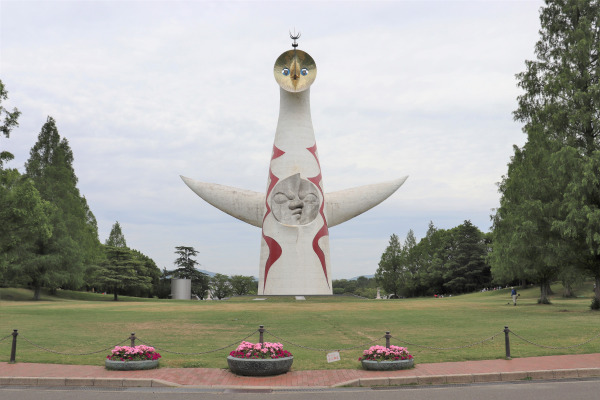
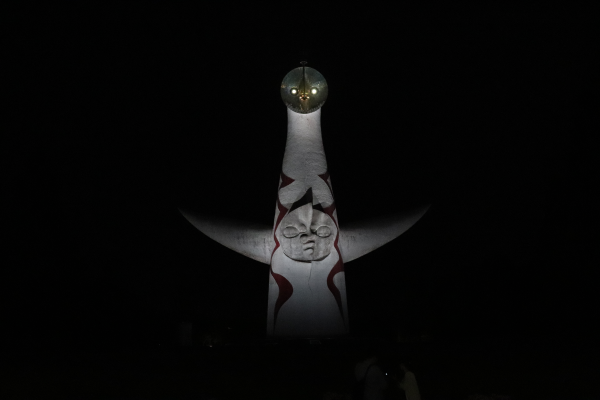
Just after the Statue of the Sun is Omatsuri Hiroba. This area held a number of festivals during Expo’70 including opening and closing ceremony and still holds festivals at the park throughout the year today.
The large structure in the back once supported a roof that covered the entire square during Expo’70.
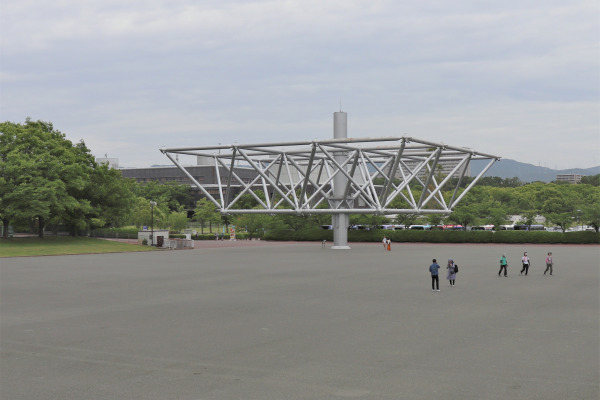
In Expo’ 70, not only were people excited to see foreign things, but also to experience the future.
Long moving walkways connected the pavilions, and the entire venue was surrounded by free automated monorail. It was as if a futuristic international city just popped up in a few years in the middle of nowhere.
Now, Expo Park is famous for its pretty nature all over the park. During the fall you should check out the Sora-do. This 10m tall suspension walkway lets you walk among the colorful treetops. Expo Park is famous for its beautiful cherry blossoms too! There are about 5,500 cherry blossom trees throughout the park.
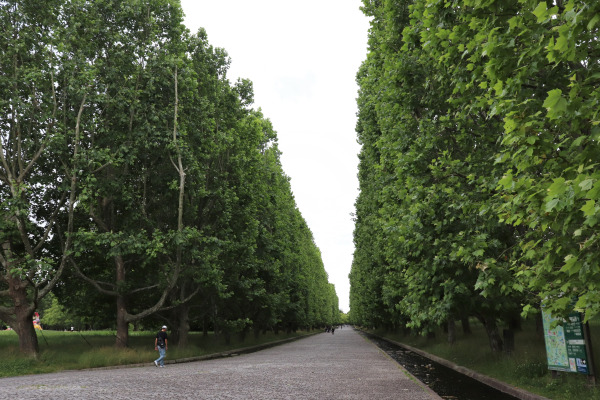
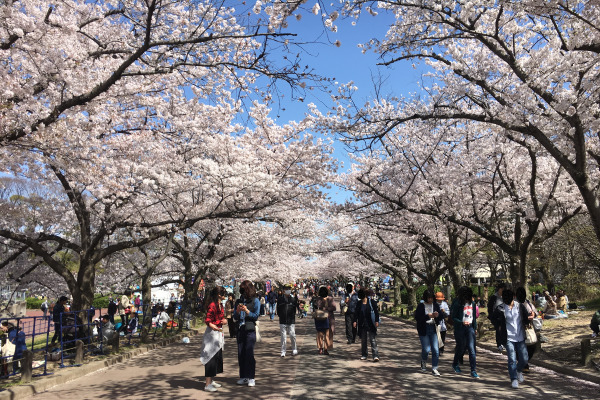
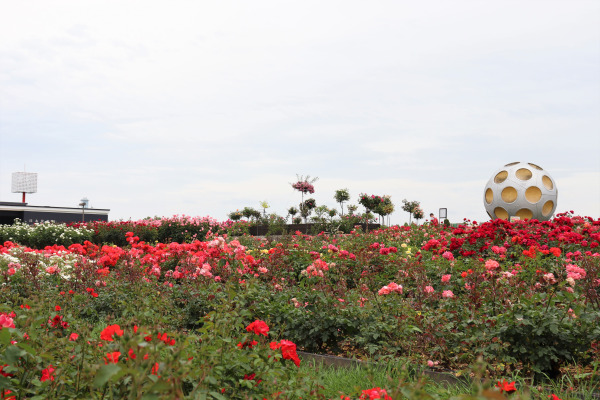

Pavillion
When Expo 70 was held here, there were as many as 116 pavilions.
Many major Japanese companies also took part in Expo 70. In an attempt to advertise their products, these companies used state-of-the-art technology. A number of products that are commonplace today also debuted in Japan during Expo’70. Just to name a few, canned coffee, electric cars, and nuclear energy.
Even though all those pavilions no longer exist, there is only one still left and used as a museum that exhibits various kinds of things from Expo’70. Though this museum looks quite big, it only 30 minutes or so to walk through.

Indeed, there were many former site of pavilions throughout the park like Japan Pavilion, American Pavilion, which exhibited the stone from the moon, and Soviet Pavilion, which was the most popular one.
There are information boards on all those sites to explain what the pavilion looked like in Expo’ 70.
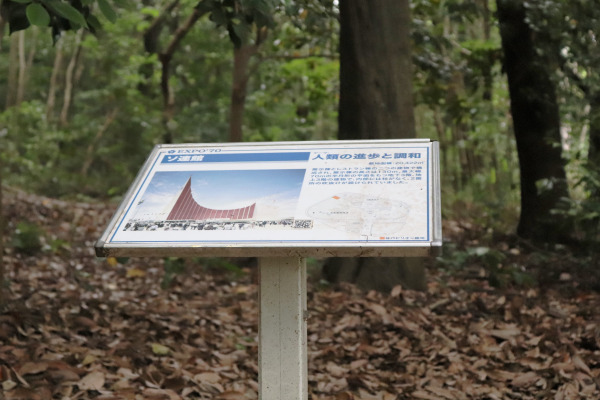



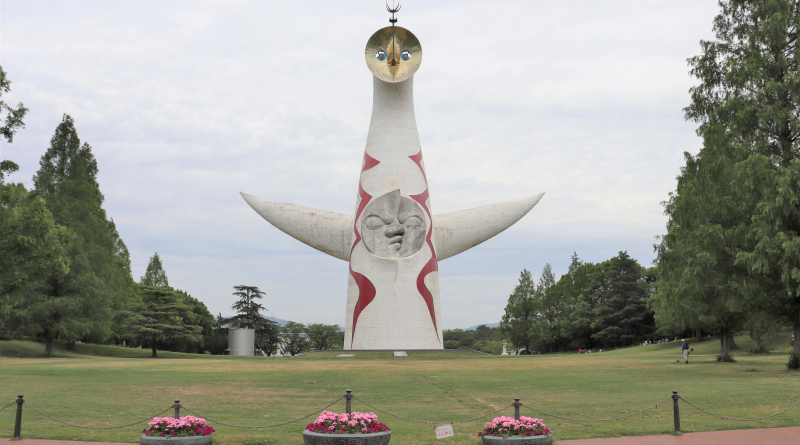
Leave a Reply